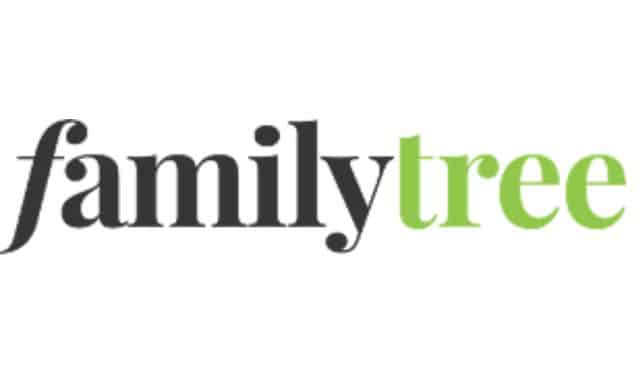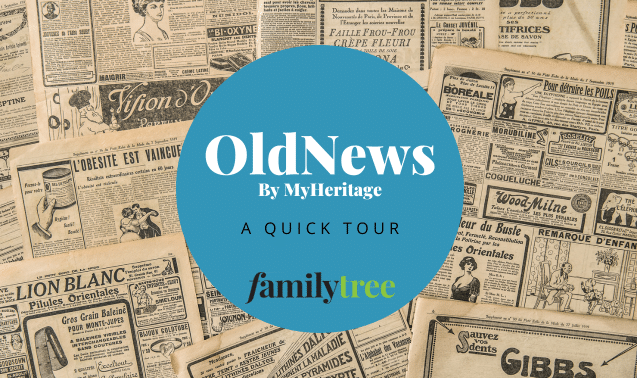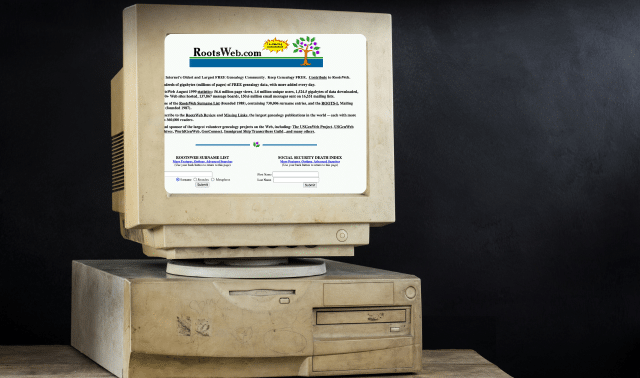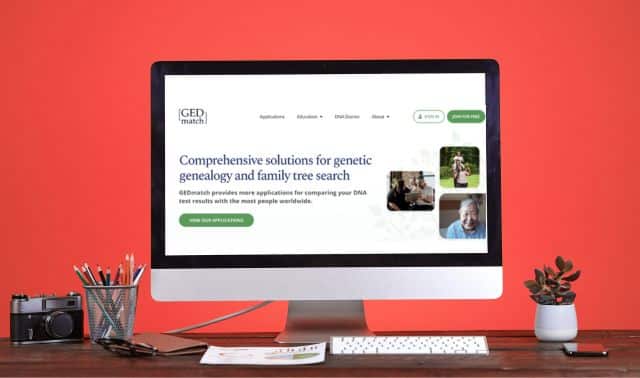
In “genealogy years,” the Cyndi’s List website is but a babe. But in “internet years,” this popular family history website full of links is a venerable old-timer. Cyndi’s List has over two decades as the premiere directory for online genealogy resources under its belt.
If you’ve ever searched the web for genealogy information, you’ve certainly run across this site. Founded in 1996 as Cyndi Ingle’s list of favorite family history web links, the site has grown to more than 330,000 curated resources (including many of those listed in this article). Most of them come from Ingle’s online searches; others are submitted through the site’s “Submit a New Link” form. They’re vetted and cross-referenced into 200-plus alphabetized categories, from Acadian, Cajun & Creole to Writing Your Family History. About 131,000 unique visitors seek help from Cyndi’s List each month, generating nearly 400,000 page views.
“Cyndi’s List is my first child,” laughs Ingle, a resident of Puyallup, Wash. “My son Evan is my second.”
The internet was still in its infancy as a family history research tool when Ingle conceived the idea of collecting and sharing family history websites with her local genealogy club. “In the summer of 1995, I went online for the first time and made a list of everything I could find for genealogy,” she remembers. “It was one page long.”
The printed “Cyndi’s List” was an immediate hit when it made its debut in 1995, as a handout at the annual fall Show and Tell Meeting of the Tacoma-Pierce County Genealogical Society. Ingle quickly expanded her list to a six-page article for the society’s journal, offering a then-mind boggling total of 1,025 sites.
By March 1996, she’d taught herself HTML (a website coding language), published her personal website and migrated the printed list to an online edition. Cyndi’s List of Genealogy Sites on the Internet was born.
Ingle had filled a burning need. The pre-Google internet was full of genealogy information, but it was unorganized and hard to find. “I once read that the Internet is like a library with its books strewn all over the floor,” Ingle says on her site. Cyndi’s List served as “a virtual card catalog to the top family history-related Web pages,” according to the June 2002 Family Tree Magazine, which called the site “the Net’s best-known genealogy portal.” Researchers wanting to know about census records, early-1800s orphanages or Irish registers could find the information they needed by starting at Cyndi’s List.
In 1999, Ingle appeared on ABC’s “World News Tonight with Peter Jennings” and “NBC Nightly News” with Tom Brokaw, representing the country’s rapidly growing group of ancestor searchers. In 2000, she was featured in USA Today and People magazine.
But the media moment many veteran researchers recognize as genealogy’s arrival in the mainstream was the April 19, 1999, Time magazine. Its cover declared “How to Search for Your Roots,” with “search” appearing on a website button with a pointer. The article, “Roots Mania,” carried a photo of Ingle wrapped in a quilt her fourth-great-grandmother sewed. It reported that her website received 2 million visitors each month.
Ingle’s interest in genealogy was sparked before the web had become a genealogist’s launchpad: A high school family history assignment led to old stories and photographs and a desire to learn more about her ancestors’ lives. Ingle’s career in information technology was a perfect fit with the evolving world wide web, and she was quick to discover opportunities for genealogical research utilizing this fabulous new information-sharing tool.
Early on, Cyndi’s List was one long page with dozens of links added each day. A user’s comment soon led to category pages for faster loading. In 2006, Ingle redesigned the site with cleaner navigation. A 2011 redesign and upgrade gave Cyndi’s List a content management system, making it easier to maintain and navigate. Funds come from advertising, an online store, donations (via a PayPal link on the site) and Ingle’s own pocket.
Now a full-time career for its creator, Cyndi’s List is often described as the world’s largest one-woman family history resource. Though she’s had part-time help in the past, Ingle now works single-handedly to search the internet for new genealogy resources, confirm and repair links, answer emails and categorize and cross-reference information to make it easily accessible for every level of genealogist.
She’s also active in local and national societies, a sought-after speaker to genealogical groups, and the author of four books, including Planting Your Family Tree Online, Netting Your Ancestors: Genealogical Research on the Internet and Cyndi’s List: The Book. In 2007, she added blogging to the mix. This 10-to-12-hours-a-day, seven-days-a-week gig has left little time for her own research, which you’ll still find on that personal site launched in 1996.
All that effort has enabled others to pursue their ancestors farther than they thought possible. Cyndi’s List remains one of the best bargains for online genealogy research. When you’re stuck on an ancestor, feeling adrift in your search or you just want to see what other resources are out there, browsing the categories on Cyndi’s List can lead to big breakthroughs.
Convinced your ancestors arrived on an alien spaceship? Cyndi’s List even has a category for that: Outer Space.
Cindy’s List Timeline
1996: Cyndi’s List launches with 1,025 links
2001: Site hits 100,000-plus links and 20 million visitors
2011: Site offers 250,000 links; receives 43 millionth visitor
2016: Cyndi’s List categorizes more than 330,000 links
A version of this article appeared in the March/April 2016 issue of Family Tree Magazine.




